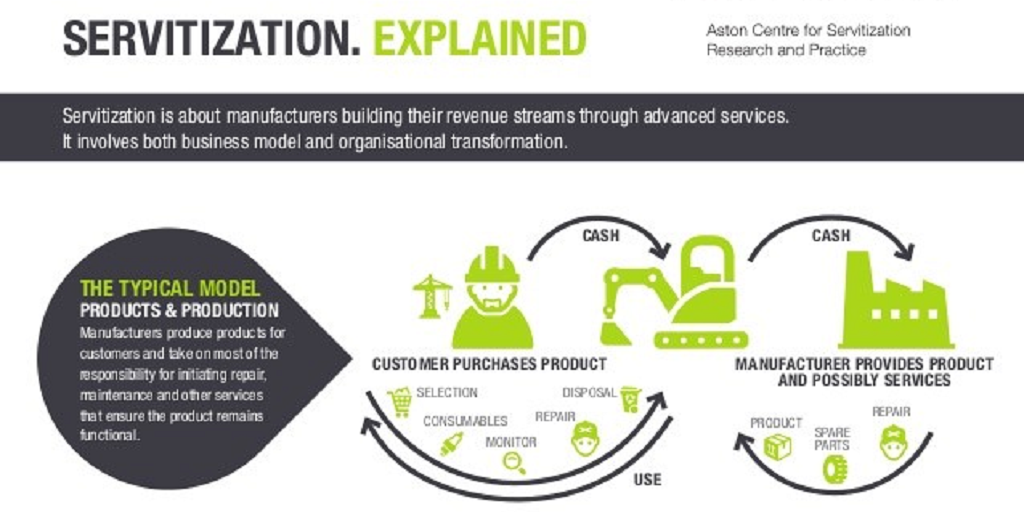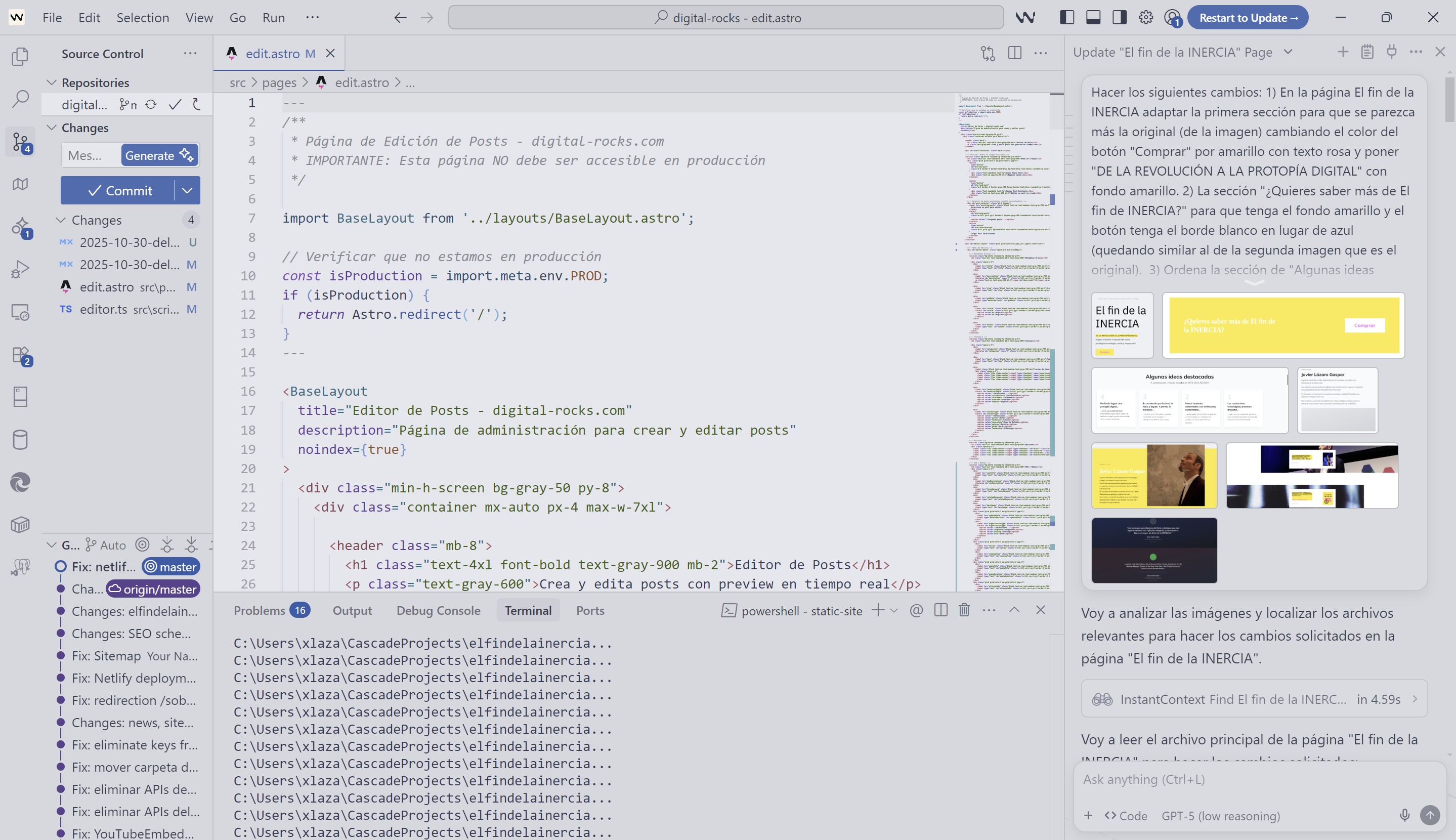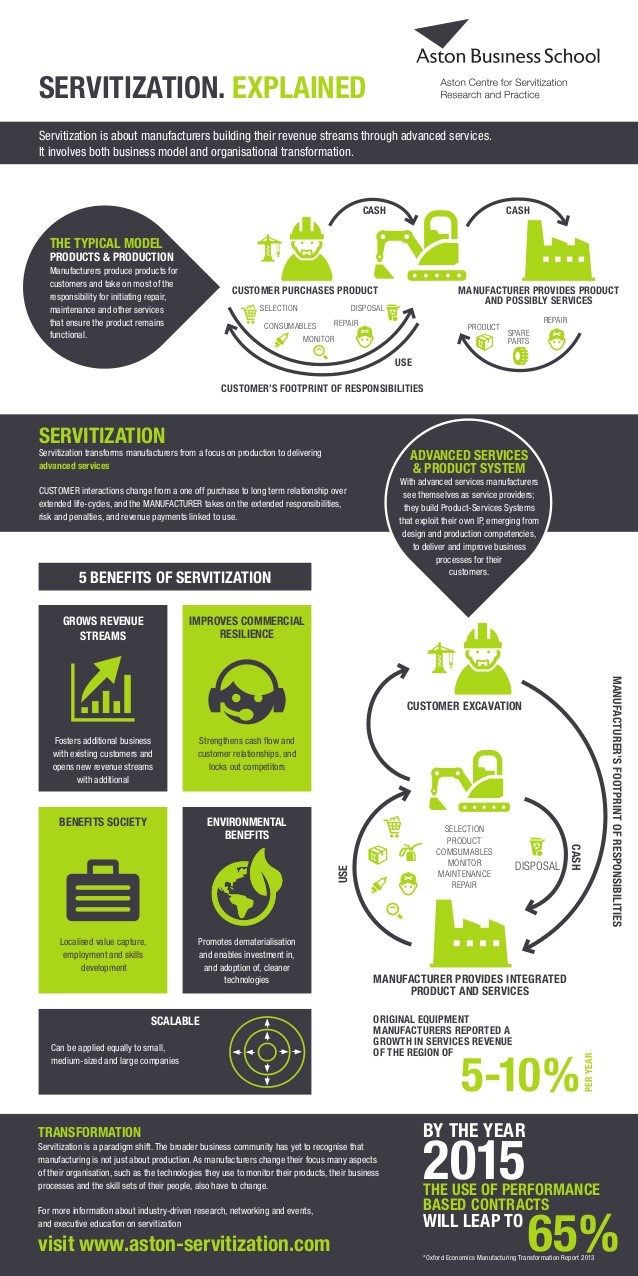What are Digital Products, Servitization, and Other Demons?

In this post, I will talk about how traditional products are transforming into digital services. As I mentioned in a previous post, reinventing business models digitally associated with.
Some call this phenomenon servitization or digitalization of services.

Could these be the demons of digitalization?
In this post, I will talk about this and other demons.Â
TRADITIONAL PRODUCTS AND SERVICES
Traditionally, a product is a tangible element that an organization produces and another consumes. According to Philip Kotler, it is an eligible, viable, and repeatable option that the offer makes available to the demand, to satisfy a need or fulfill a desire through its use or consumption.
A service is the production of a benefit, usually intangible, that satisfies a need of another organization or individual. A service is produced and consumed at the same time.
Products and services can complement each other but maintain their identity: a vehicle and the maintenance service for it.
Once again, technology and new business models come to blur the boundaries.
When you buy a movie on the iTunes Store, you are buying a non-tangible product. In contrast, if you watch the same movie on Netflix, you are using a video streaming service.
To avoid discussions, we can consider both as digital goods.
(https://en.wikipedia.org/wiki/Digital goods)
According to Wikipedia, a digital good is an intangible good (either a product or service) that exists only in digital form.
DIGITAL PRODUCTS
However, we must forget that digital products are always intangible. Many times physical products are transformed into digital by incorporating capabilities, but that does not eliminate their physical component.
Both forms, physical and digital, combine in a single digital product. According to Professor Venkat Venkatraman of Boston University:
These digital products consist of:
- Physical elements: tangible, mechanical, electrical elements, etc.
- Connectivity elements: antennas, protocols, etc.
- Computing elements: sensors, microprocessors, software, etc.
The decreasing costs of technology and its increasing ease of access are facilitating the transformation of traditional products into digital ones.
As a general rule:
- When digital products are limited to communicating information externally (for example, a thermometer communicates the temperature to a cloud platform to monitor a patient), they are called connected.
- When, in addition to communicating, they are capable of making decisions, they are called intelligent or “smart”.
Like everything, marketing is there to sell, and if a connected product sells better by calling it “smart”…
In this way, a digital product differs from its traditional equivalent. A light bulb is a traditional product, and an LED bulb, despite its improvement, remains a traditional product.
In contrast, a bulb whose intensity you can control from an APP is called a “smart bulb” and is a digital product.
Digital products integrate capabilities that a traditional product cannot have, such as:
- Monitoring: the product provides data on its operation.
- Control: it can be programmed or even modify its behavior based on external orders.
- Optimization: it has algorithms that allow it to optimize its behavior.
- Autonomy: it can make decisions based on circumstances or what other products are doing. It requires minimal or no human intervention.
Its technical complexity grows with the incorporation of each of these capabilities.
If we think about the automotive industry, we see it clearly.
To complete the picture, in the case of vehicles, we should divide the last section into the 5 levels of autonomy that are commonly defined: from assisted driving to total autonomy under any circumstances.
In conclusion, a digital product is not something intangible but it can be the thermostat in your home, your refrigerator, or the elevator you use to go up to your office.
DIGITAL SERVICES AND SERVITIZATION
Digital services are those that are delivered through digital means. These means allow personalizing the user experience.
Thanks to digital giants like Google, Apple, or Amazon, customers expect all organizations to deliver their services immediately and with a perfect user experience. They are used to receiving continuous improvements and even being surprised by them.
In this context, the term servitization appears. According to the “Aston Centre for Servitization Research and Practice,” servitization deals with how producers reinvent their way of generating income through advanced services. The following infographic describes this phenomenon.
(Infographic by Tim Baines on Slideshare)
Through this phenomenon, many physical products are transformed into a “as a service” version of themselves.
Currently, you can buy a bicycle or use it when you need it through a bike-sharing service. Through these services, the customer has access to a bicycle at the place and time they need it.
Equipment manufacturers such as elevators and escalators are revising their models. They are no longer elevator manufacturers but consider themselves mobility operators.
For this, they study new business models where revenues may not come from the sale, installation, and maintenance of the elevator but from the number of people transported.
Furthermore, once they are considered mobility operators, they expand their boundaries, being able to develop other businesses such as car-sharing. Car-sharing is beyond the reach of an elevator manufacturer but not of a mobility operator.
This generates greater dynamism and the entry of new players into sectors where they traditionally did not operate.
The path is not easy. It requires investment in technology, knowledge of its users and customers, but above all, a cultural change.
In the end, some services end up replacing and eliminating the original product.
Who remembers those devices plugged into the phone? Yes, the famous answering machines that we only see in movies from the 80s and 90s.
When telephone operators launched voicemail, they killed answering machines. Now, with messaging, what is obsolete are the voicemail boxes themselves.
CONCLUSION
What is a product today, will be a service tomorrow (or not). What is clear is that the barriers are blurred, and servitization is a phenomenon that seeks to blur them even more.
Transforming products into services presents opportunities and risks for sectors.
Some entry barriers are eliminated, making the volume of assets not always a sign of business health (leading to paradoxes like the largest accommodation provider not owning a single room).
Transforming a product-based business into a service-based one is not easy or safe, but it is a clear trend in all sectors, and this reinvention impacts mainly on business models.
REFERENCES
- https://www.mckinsey.com/business-functions/digital-mckinsey/our-insights/accelerating-the-digitization-of-business-processes
- https://en.wikipedia.org/wiki/Digital goods
- https://www.slideshare.net/TimBaines1/servitization-infographic-aston-centre-for-servitization-research-and-practice-44354156
- http://www.ciodevelopment.com/wp-content/uploads/2017/10/Venkat-Digital-Matrix-Booklet.pdf
AC/DC
Of all the demons I could choose, I’ll stick with Angus, his fake horns, and his friends.
Another classic, in a classic version …
Related posts

From COBOL to Agentic AI: Transforming the Software Lifecycle
Evolution of the software lifecycle applying AI and Agentic AI

Digital Transformation: Beyond Technology
In Digital Transformation, purpose and culture are more important than technology itself.

BIG TECH CAPITALISM by Evgeny Morozov
'Big Tech Capitalism' shares many of the issues I describe in 'The End of Inertia' but does not approach them in the same way, as its author starts from an e...
All opinions expressed on this blog are personal and do not represent those of any company or organization with which I collaborate.




